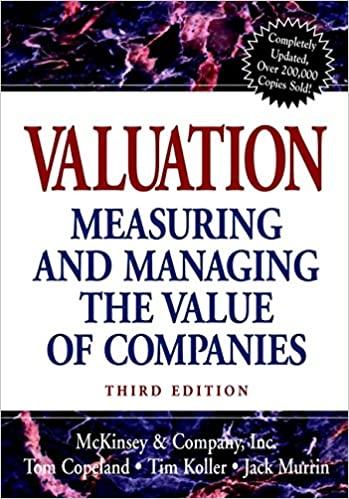

CASE STUDIES 1. MIKE AND BETTY GORDON Mike and Betty Gordon are both 66 years old. Mike will retire January 1 from his position as a professor of radical social thought. He will be eligible for a pension of $50,000 p.a., indexed to the Consumer Price Index. He will receive maximum CPP, and is already receiving full OAS. He has $200,000 invested in ethical mutual funds (adjusted cost base $150,000). Assume Mike will receive about $5,000 in dividends from the mutual fund and $2,000 in realized capital gains. Betty has no pension, but is receiving full OAS. Betty has $100,000 in a spousal RRSP, invested in Canada Trust GICs. They jointly own a condominium in Toronto worth $250,000 (no mortgage). Their planned donations for this year include $2,000 to registered charities, and $200 to a registered federal political party. They have two children. One of the children is married, with three children of his own. (a) How should they structure their retirement planning, both now and for the rest of their retirement? There are some decisions they must make now, and others that will have to be made within the next six years. (b) What will be their marginal and average income tax rates? Assume that they take no payments from the RRSPs into income in this year and do not sell any mutual fund units. Other than that assumption, assume that you have done the best job of planning in (a). To do this question, you must calculate taxable income for each one of them. CASE STUDIES 1. MIKE AND BETTY GORDON Mike and Betty Gordon are both 66 years old. Mike will retire January 1 from his position as a professor of radical social thought. He will be eligible for a pension of $50,000 p.a., indexed to the Consumer Price Index. He will receive maximum CPP, and is already receiving full OAS. He has $200,000 invested in ethical mutual funds (adjusted cost base $150,000). Assume Mike will receive about $5,000 in dividends from the mutual fund and $2,000 in realized capital gains. Betty has no pension, but is receiving full OAS. Betty has $100,000 in a spousal RRSP, invested in Canada Trust GICs. They jointly own a condominium in Toronto worth $250,000 (no mortgage). Their planned donations for this year include $2,000 to registered charities, and $200 to a registered federal political party. They have two children. One of the children is married, with three children of his own. (a) How should they structure their retirement planning, both now and for the rest of their retirement? There are some decisions they must make now, and others that will have to be made within the next six years. (b) What will be their marginal and average income tax rates? Assume that they take no payments from the RRSPs into income in this year and do not sell any mutual fund units. Other than that assumption, assume that you have done the best job of planning in (a). To do this question, you must calculate taxable income for each one of them








